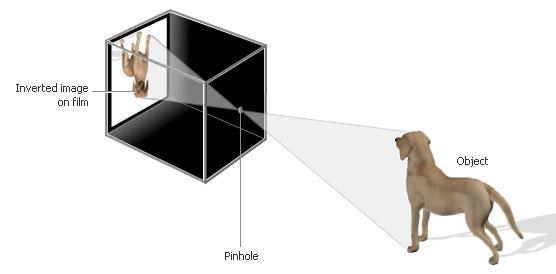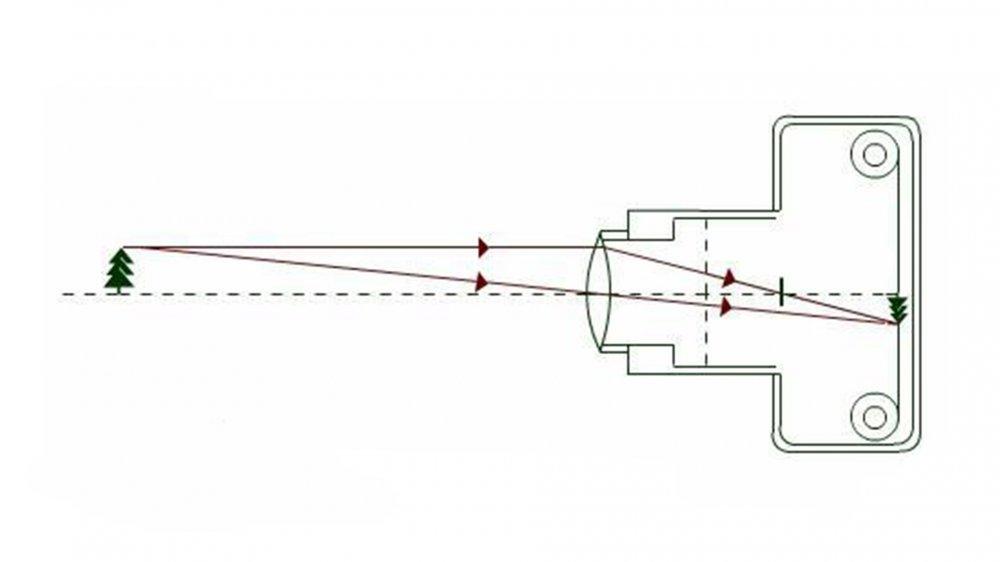Industrial cameras play a crucial role as key components in machine vision systems, serving the essential function of converting optical signals into ordered electrical signals. The selection of an appropriate camera is also a vital aspect in designing a machine vision system, as it directly determines not only the resolution and image quality of captured images but also influences the operational mode of the entire system.
Learn about camera imaging principles: A plate with a small aperture is positioned between the screen and the object, resulting in the formation of an inverted image on the screen. This phenomenon, known as pinhole imaging (as depicted in the figure), demonstrates that adjusting the position of this intermediate plate alters the size of the image. Such observations reflect how light travels along straight lines.

Before the invention of the camera, individuals had already begun utilizing pinhole imaging principles to fabricate diverse optical imaging devices known as camera obscura. It was during the first half of the 19th century that people ultimately discovered a method and medium for fixed preservation of optical images on the projection plane within the camera obscura, marking the inception of the camera industry. Consequently, camera obscura is widely regarded as the progenitor of cameras. The imaging principle employed by cameras originates from pinhole imaging, where lenses function as sophisticated apertures enabling various focal distances (commonly referred to as focal segments) through intricate lens components.

For film cameras, the incident light from the scene converges through the lens to form a latent image on the film. This latent image is a result of the chemical reaction between light and the emulsion on the film, which is then developed and fixed to produce an image. In digital cameras, the optical system focuses the image onto CCD/CMOS imaging components, where each pixel's photoelectric signal is converted into a digital signal using an A/D converter. The digital signal processor (DSP) further processes and stores this digital image in a storage medium. Taking CCD as an example, let's briefly describe its imaging principle and process:
1) When capturing a scene with a digital camera, reflected light passes through its lens and reaches CCD.
2) Upon exposure, photodiodes within CCD are excited by light and release electric charges that generate electrical signals representing photosensitive elements.
3) The control chip in CCD uses control signal circuits within these photosensitive elements to regulate current transmission circuit output for LED illumination; thus collecting electrical signals generated during one-time imaging before unifying their output to amplifiers.
4) Amplified and filtered electrical signals are transmitted to analog/digital converters (ADCs), which convert them into corresponding digital signals. The values of these signals are proportional to voltage levels representing data points of captured images.
5) However, at this stage, these image data cannot directly generate visual images but need further processing by DSP for color correction, white balance adjustment, encoding into supported formats/resolutions specific to each digital camera model before being stored as individual image files.
Welcome to visit us at exhibition
Wind and solar to produce 33% of global power by
Contact: Mirror Zhang
Phone: +86-13264588177
Tel: +86-13264588177
Email: mirror@big-eye-tech.com
Add: 3F, Building 2, No. 511, Xiaowan Road, Fengxian District, Shanghai
We chat
